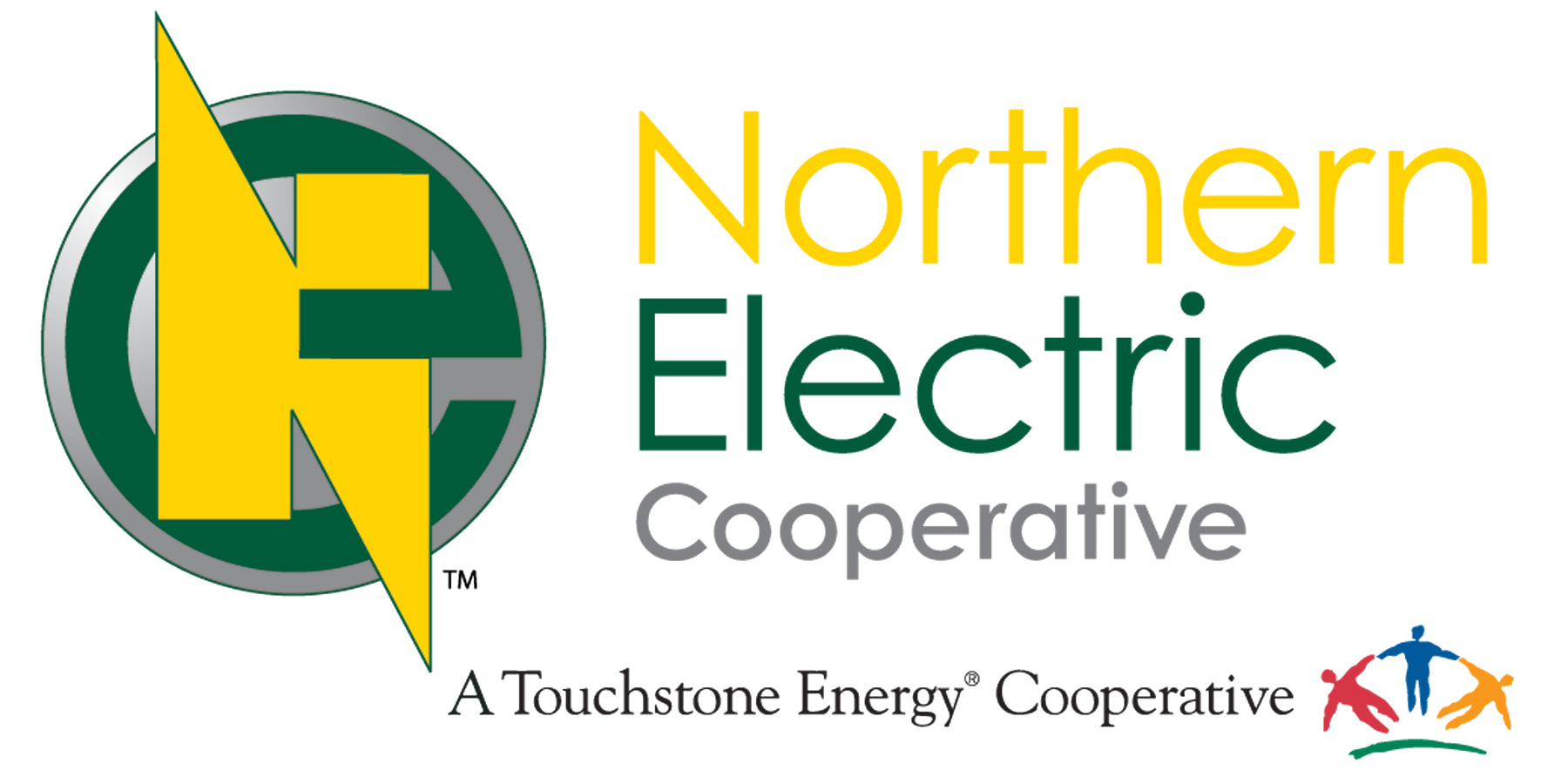Basin Electric, NEC’s wholesale power producer announces 9.9% rate increase
Northern Electric Cooperative is part of a Cooperative network. We buy wholesale power for you, our members, from East River Cooperative, a South Dakota transmission cooperative. East River, in turn, gets their power from a generation cooperative, Basin Electric Power Cooperative. At each level, the same cooperative principles are upheld: providing affordable, reliable, and safe electricity to the member owners.
Rising costs have been a concern for electric utilities across the nation. The power sector has seen increasing infrastructure costs as well as explosive growth in demand for electricity. As discussed in the October 2025 issue, power supply makes up 64% of Northern Electric’s costs and represents the largest portion of our uncontrollable expenses. Increasing costs of producing electricity and maintaining infrastructure means Northern Electric will have to increase rates in order to keep supplying you with power.
While nothing is set as of yet, we want to be as transparent as possible during this process. We are committed to providing open communication about the rate increase and timing. At this time, Northern Electric’s board and staff are focused on limiting the additional financial burden. Unfortunately, we will not be able to avoid a rate increase.
BASIN INCREASE
Recently, Basin Electric Power Cooperative has announced a 9.9% rate increase to their wholesale purchasers, which is approximately an additional $6 per megawatt-hour. Basin delivers power to 114 cooperatives across nine states. This increase will allow Basin to invest in new generation infrastructure, as well as existing plants, lines, and substations to ensure reliability and efficiency. Basin Electric cites four main reasons for the increase:
Higher Demand for Electricity: Basin’s load growth is projected to increase at 2.5% per year for the next decade, well above the national average. To serve this growth, Basin is investing in new generation and transmission projects, such as Pioneer Generation Station and Bison Generation Station. Pioneer Generation Station will add 580 MW from natural gas-fired generation, and Bison Generation Station will add 1,490 MW in natural gas-fired generation. The cost to build and run generation stations is higher than ever. Basin’s current generation fleet has an average cost of $800/kW to construct and future building costs are predicted to be $2,700/kW.
Meet SPP Requirements: Southwest Power Pool (SPP) is requiring Basin Electric to have higher capacity of dispatchable and dependable power. In essence, SPP is requiring Basin to build extra transmission and generation above and beyond what is needed for existing members and anticipated growth, in case of an emergency. Think back to the unexpected winter outages in February 2021. Extreme cold combined with generating plant outages meant there wasn’t enough electricity being generated to meet the demand, resulting in outages across the nation. Some of Basin’s upcoming projects will help fulfill the requirements. SPP is also requiring Basin to complete a new 160-mile transmission line for additional system reliability.
Investments in Reliability: Basin needs to make significant investments in existing facilities to ensure ongoing reliability. Rising costs have made it more expensive to maintain and build infrastructure. Currently, it costs Basin an average of $400,000 to construct a mile of transmission line and future costs are predicted to skyrocket to $2 million/mile.
Commodity Price Variability: Fluctuations in commodity prices affect the cost of fuel for Basin Electric, as well as sales revenue at its subsidiaries, such as Dakota Gasification Company.
The load growth and SPP requirements are not due to Artificial Intelligence Data Centers. Basin has created the Large Load Commercial Program that would require data centers or other large loads to help pay for the cost of supplying power, including paying for infrastructure and generation.
EAST RIVER INCREASE
The Basin increase will raise the East River wholesale power rates. This increase to East River will impact Northern Electric’s wholesale power costs starting in January.
NORTHERN INCREASE
Northern Electric staff and board are committed to keeping rates as low as possible. We understand the hardship any rate increase can place on our members. Unfortunately, most of Northern Electric’s costs are uncontrollable.
Every dollar you pay goes directly toward providing reliable, affordable, safe electricity. As shown in the graphic below, out of every dollar you pay for electricity, 64 cents go toward paying the wholesale power costs. As a cooperative, we utilize loans to spread out the cost of infrastructure to everyone who will use it, including past, present, and future members. This way, one generation of users aren’t solely responsible for paying for infrastructure that will power members for 30-50 years.
That leaves only nine cents cover all the administrative and general costs not covered elsewhere, such as billing, building maintenance, utility costs, safety education, and employee salaries. Maintaining the current grid, restoring power outages, and replacing unreliable infrastructure uses the last six cents per dollar. It would be detrimental to the cooperative in the long run to try to save money by removing jobs, ignoring old infrastructure, or delaying upgrades.
We understand rate adjustments are difficult, especially back-to-back. Northern Electric board and staff do not take this decision lightly. The board and staff will continue to make financial decisions that allow Northern Electric to continue providing members with the power they need for years to come.
Basin initially requested a 20% increase for the coming year. Distribution cooperatives in the Basin network negotiated to lessen the impact by spreading the rate impact over two years, resulting in a 9.9% increase instead. Basin may be asking for another increase in 2027.
While Northern Electric has not determined the 2026 rate as of yet, the change will most likely go into effect in January. Once the 2026 rate has been determined, we will notify our members as soon as possible through our various communication channels, including bill messages, website, social media, and Cooperative Connections.
